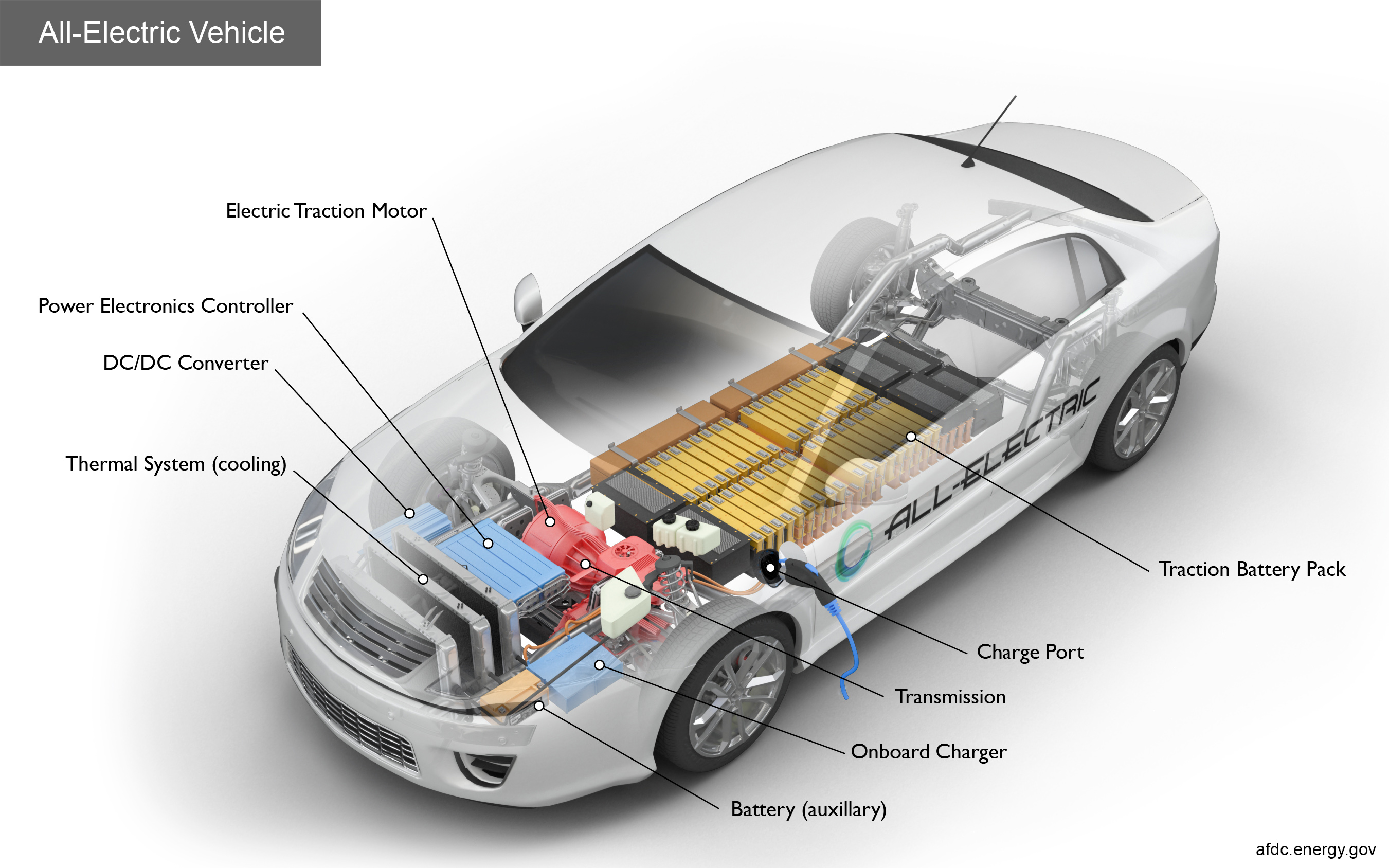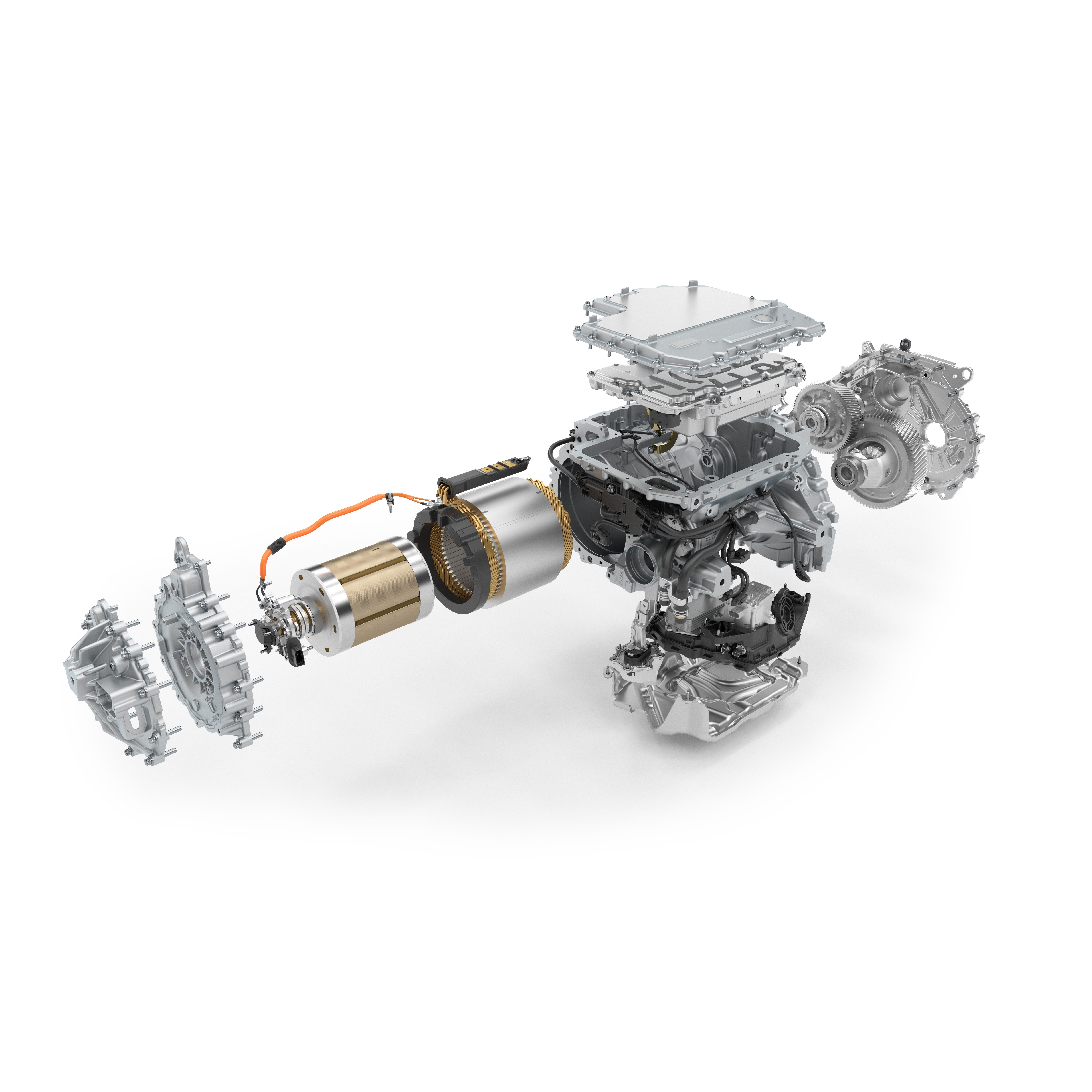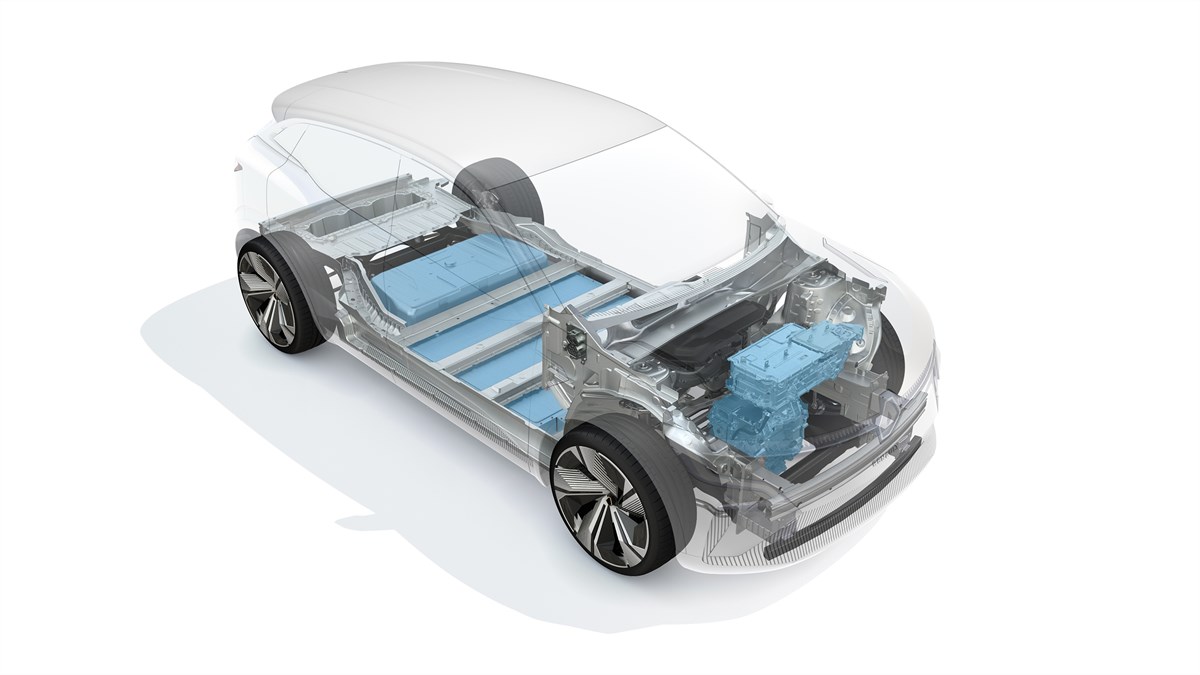“`html
The Heart of the Electric Vehicle: Understanding the Electric car Motor
The Heart of the Electric Vehicle: Understanding the Electric Car Motor
The electric car revolution is upon us, and at the core of this transformation lies the electric motor. Unlike the internal combustion engine (ICE), which relies on the complex process of burning fuel, the electric motor offers a simpler, more efficient, and cleaner way to propel vehicles. This article delves into the intricacies of electric car motors, exploring their types, working principles, advantages, challenges, and future trends.
Types of Electric Car Motors
Electric vehicles utilize various types of motors, each with its own characteristics and applications. Here are the most common types:
Permanent Magnet Synchronous Motors (PMSMs)

PMSMs are the most prevalent type of motor used in modern electric vehicles. They offer high efficiency, high power density, and excellent torque characteristics. In a PMSM, permanent magnets are mounted on the rotor, while the stator windings are energized to create a rotating magnetic field. The interaction between the rotor magnets and the stator field generates torque, propelling the vehicle.
Advantages:
High efficiency, especially at low and medium speeds.
High power density, allowing for compact and lightweight designs.
Excellent torque characteristics, providing rapid acceleration.
No rotor winding losses, improving overall efficiency.

Disadvantages:
Cost of permanent magnets, particularly rare earth magnets.
Potential for demagnetization at high temperatures.
Complex control algorithms required for optimal performance.
Induction Motors (IMs)
Induction motors were widely used in early electric vehicles and are still employed in some applications. In an IM, the rotor consists of conductive bars or windings, which are short-circuited. The stator windings create a rotating magnetic field, inducing currents in the rotor. The interaction between the stator field and the induced rotor currents generates torque.

Advantages:
Robust and reliable design.
Lower cost compared to PMSMs, especially without rare earth magnets.
Can operate at high speeds.
Disadvantages:
Lower efficiency compared to PMSMs, particularly at low speeds.
Lower power density, resulting in larger and heavier motors.
Requires slip (difference between stator and rotor speeds) to generate torque, leading to losses.
Switched Reluctance Motors (SRMs)
SRMs are a simpler and more robust type of motor. They have salient poles on both the stator and rotor, and torque is generated by the tendency of the rotor to align with the stator magnetic field. SRMs do not use permanent magnets or rotor windings, making them less expensive and more reliable.
Advantages:
Simple and robust design.
Low cost, as they do not use permanent magnets or rotor windings.
High-temperature tolerance.
Fault-tolerant operation.
Disadvantages:
High torque ripple, leading to noise and vibration.
Lower power density compared to PMSMs.
Complex control algorithms required for smooth operation.
Working Principles of Electric Car Motors
The fundamental principle behind electric car motors is electromagnetism. When an electric current flows through a conductor in a magnetic field, it experiences a force. In an electric motor, this force is used to rotate the rotor, which in turn drives the wheels of the vehicle.
Electromagnetic Induction
Electromagnetic induction is the process by which a changing magnetic field induces an electric current in a conductor. In induction motors, this principle is used to generate currents in the rotor, which interact with the stator magnetic field to produce torque. In PMSMs, the permanent magnets on the rotor create a magnetic field that interacts with the stator field.
Torque Generation
Torque is the rotational force that propels the vehicle. In electric motors, torque is generated by the interaction between the magnetic fields of the stator and rotor. The magnitude of the torque depends on the strength of the magnetic fields and the current flowing through the stator windings. Control systems regulate the current to achieve the desired torque and speed.
Regenerative Braking
Regenerative braking is a key feature of electric vehicles. When the driver applies the brakes or decelerates, the electric motor acts as a generator, converting the kinetic energy of the vehicle into electrical energy. This energy is then stored in the battery, increasing the vehicle’s range. Regenerative braking also reduces wear on the mechanical brakes.
Advantages of Electric Car Motors
Electric car motors offer several advantages over traditional internal combustion engines:
High Efficiency
Electric motors are highly efficient, converting a large percentage of electrical energy into mechanical energy. In contrast, ICEs lose a significant amount of energy as heat. The high efficiency of electric motors translates to longer driving ranges and lower energy consumption.
Instant Torque
Electric motors provide instant torque, meaning they can deliver maximum torque from zero RPM. This results in rapid acceleration and a more responsive driving experience. ICEs, on the other hand, require time to build up torque.
Low Maintenance
Electric motors have fewer moving parts than ICEs, reducing the need for maintenance. There are no oil changes, spark plug replacements, or timing belt adjustments required. This translates to lower maintenance costs and increased reliability.
Quiet Operation
Electric motors operate quietly, producing minimal noise and vibration. This contributes to a more comfortable and enjoyable driving experience. ICEs, especially those with multiple cylinders, can be noisy and produce significant vibration.
Zero Emissions
Electric vehicles produce zero tailpipe emissions, reducing air pollution and greenhouse gas emissions. This contributes to a cleaner and healthier environment. While the electricity used to charge electric vehicles may be generated from fossil fuels, the overall emissions are typically lower than those of ICE vehicles.
Challenges and Future Trends
Despite their numerous advantages, electric car motors face several challenges:
Cost
The cost of electric car motors, particularly those using rare earth magnets, can be high. Research is ongoing to develop alternative materials and designs to reduce costs.
Thermal Management
Electric motors can generate significant heat, especially at high speeds and loads. Effective thermal management systems are essential to prevent overheating and ensure optimal performance.
Rare Earth Magnets
The reliance on rare earth magnets in PMSMs raises concerns about supply chain vulnerabilities and environmental impact. Research is focused on developing magnet-free motors or alternative magnet materials.
Future Trends
The future of electric car motors is focused on improving efficiency, power density, and cost-effectiveness. Key trends include:
Advanced Materials
Researchers are exploring new materials, such as amorphous metals and high-temperature superconductors, to improve motor performance and reduce losses.
Integrated Motor Drives
Integrating the motor, inverter, and transmission into a single unit can reduce size, weight, and cost. This also improves efficiency and simplifies vehicle design.
Wireless Power Transfer
Wireless power transfer technology allows electric vehicles to be charged without physical connections. This technology is being developed for both static and dynamic charging, enabling vehicles to be charged while parked or driving.
Artificial Intelligence (AI)
AI is being used to optimize motor control algorithms, improve efficiency, and enhance performance. AI can also be used for predictive maintenance, reducing downtime and maintenance costs.
Conclusion
The electric car motor is a critical component of the electric vehicle revolution. Its high efficiency, instant torque, and low maintenance requirements make it a superior alternative to the internal combustion engine. As technology advances and costs decrease, electric car motors are poised to play an increasingly important role in the future of transportation. The ongoing research and development efforts in materials, design, and control systems will further enhance the performance and affordability of electric vehicles, accelerating the transition to a sustainable transportation future.
“`



